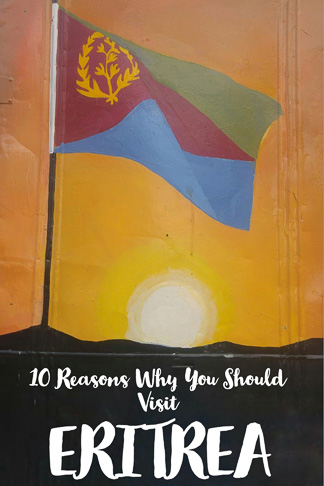If your travel instincts are pointing you in the direction of Africa’s vast, culturally rich lands, Eritrea is a country you must visit, even tho Eritrea is one of the least visited countries in the world.
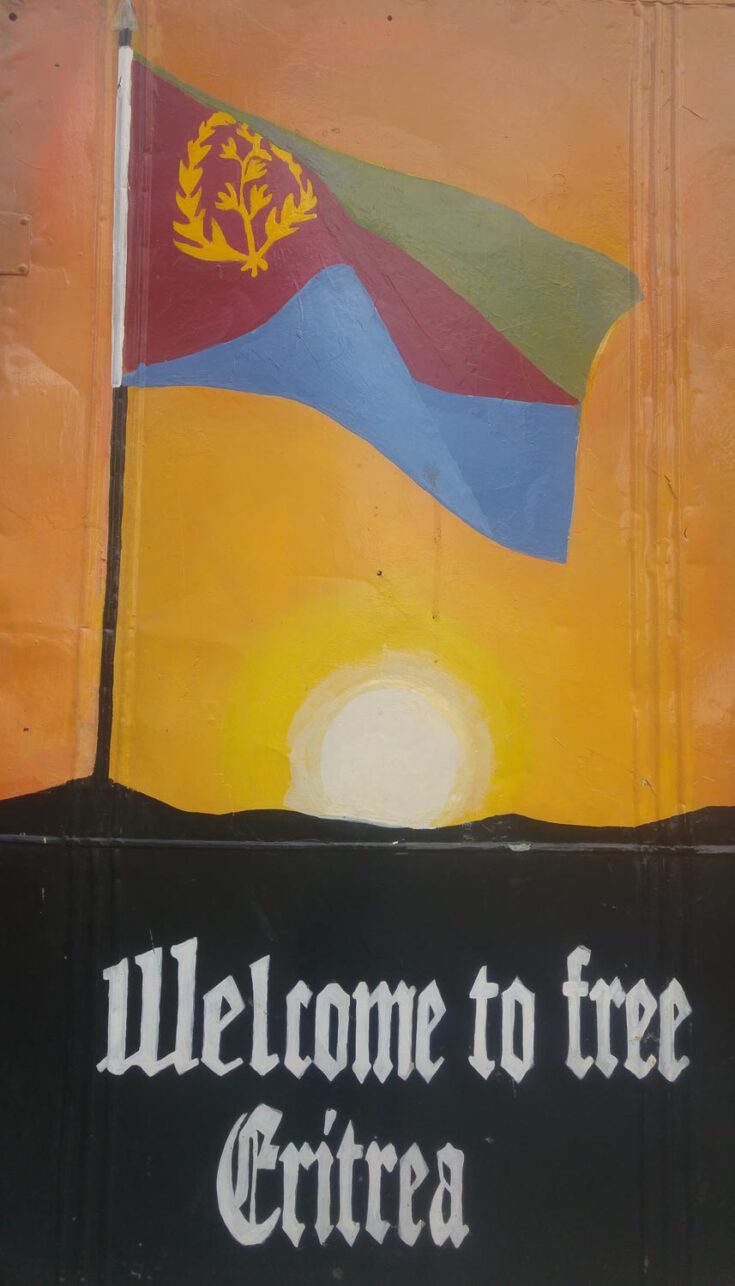
An underrated gem of a travel location, Eritrea is a small nation situated on the banks of the Red Sea in East Africa.
As a former Italian Colony, it became a part of Ethiopia’s federation in 1947. In 1952, it was annexed by Ethiopia. Eritrea breathed air as an independent country finally in 1993 after almost 30 years of war for independence between Eritrea and Ethiopia.
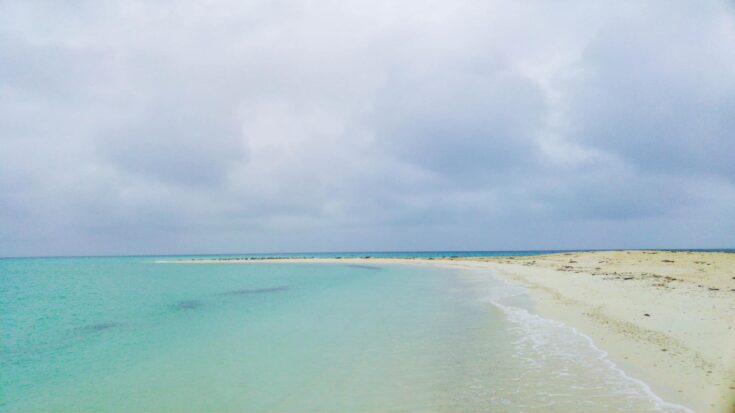
With a vast history, the country hosts one of the best colonial architectural marvels of the globe. It houses the second highest archaeological historical discoveries in Africa.
Eritrea is the world’s first country to have an entire coastline marked as a reserve.
10 reasons why you should visit Eritrea.
1. Witness A Piece Of Italy In Africa
Asmara, the capital city of Eritrea is fondly called ‘New Rome.’ This is credited to Benito Mussolini who captured Eritrea and tried to turn the capital city into a look-alike of Rome.
The city of Asmara thus is a testament to the long colonization of Eritrea by the Italians.
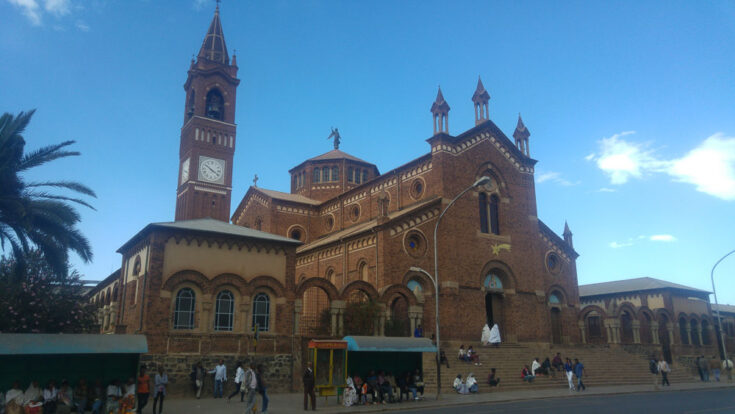
Over 400 old buildings are built-in magnificent Italian architecture. These include the ‘Cinema capitol’, ‘Keren Casa-del Fascio’, the Orthodox Cathedral, and the villa in Dekemhar, and many others.
Some shops to date stick to their Italian version of names like ‘Ferramenta’, ‘Pasticceria Moderna’, or ‘Bar Vittoria.’
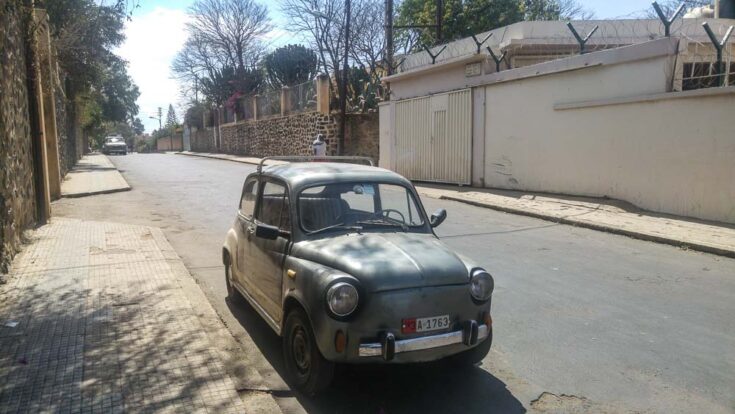
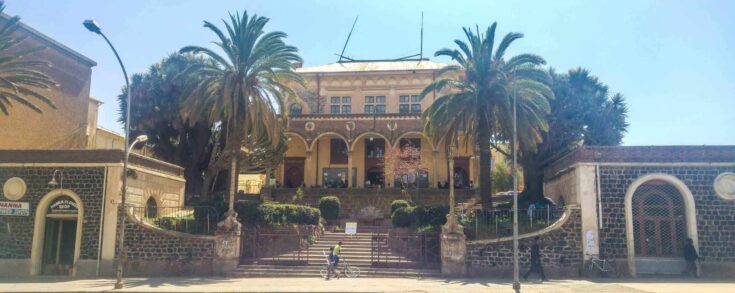
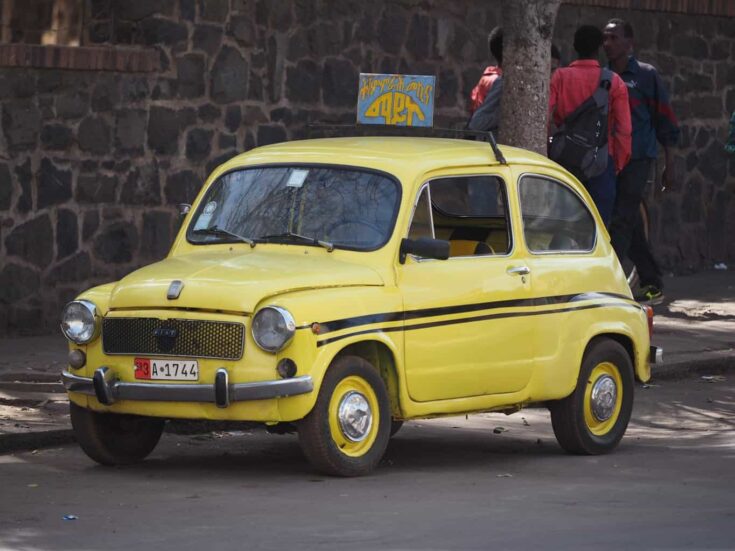
The concept and execution of the architecture make Asmara one of the most charming capitals in Africa.
Asmara is declared as a Unesco World Heritage site its well-preserved modernist architecture
.It holds great significance as a product of early modernist urbanism in an African landscape – a significantly rare sight that architecture and history lovers are bound to be interested in.
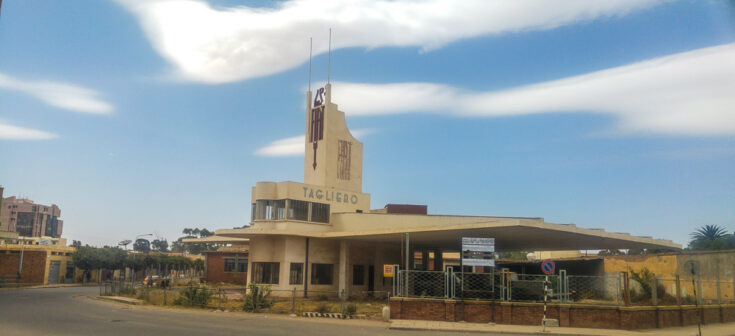
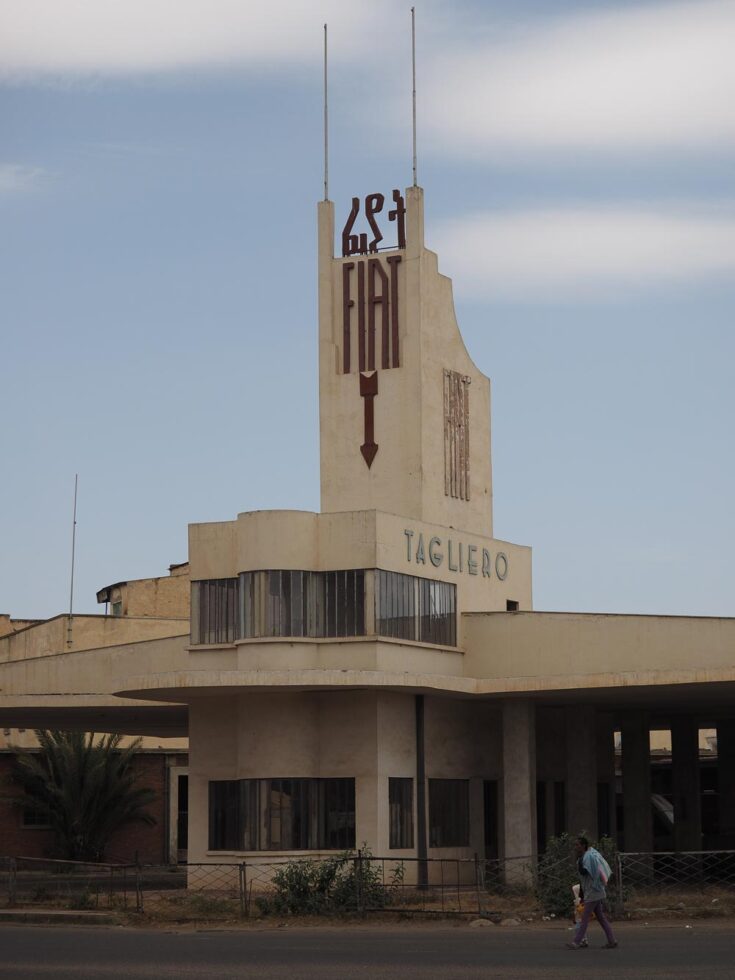
2. The Port City of Massawa
Massawa is the city of the greatest port of Adulis from the ancient world.
The port of Massawa and the red coast of the sea was a hub to traders during the rule of the Ottomans, Egyptians, and Italians.
The city gives a reveal into its complex history and monuments like Sheik Hamal Mosque, and a governor’s palace commissioned in 1872 are a must-visit. The Ottoman fortifications are also widely evident.
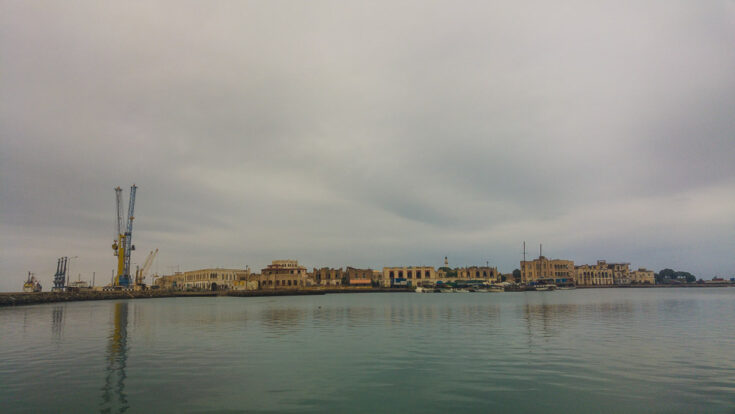
Massawa is the second most important city of the country and became eminent during the Ottoman empire. But the city was almost completely destroyed during the war between Eritrea and Ethiopia.
It was also a center of power for the Italians and the Egyptians. The present-day architectural ruins of the old city reflect the influence of these empires.
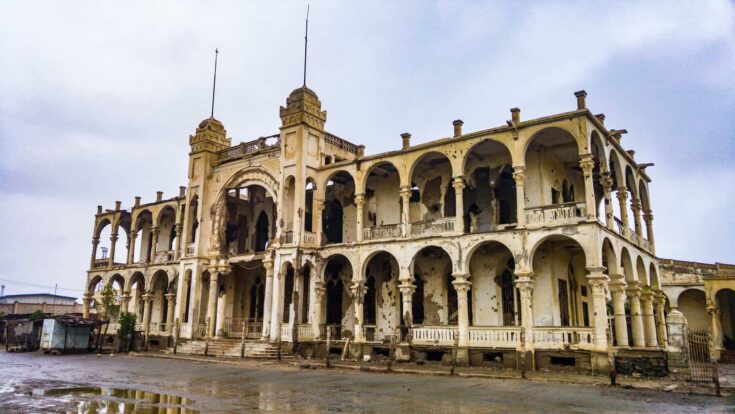
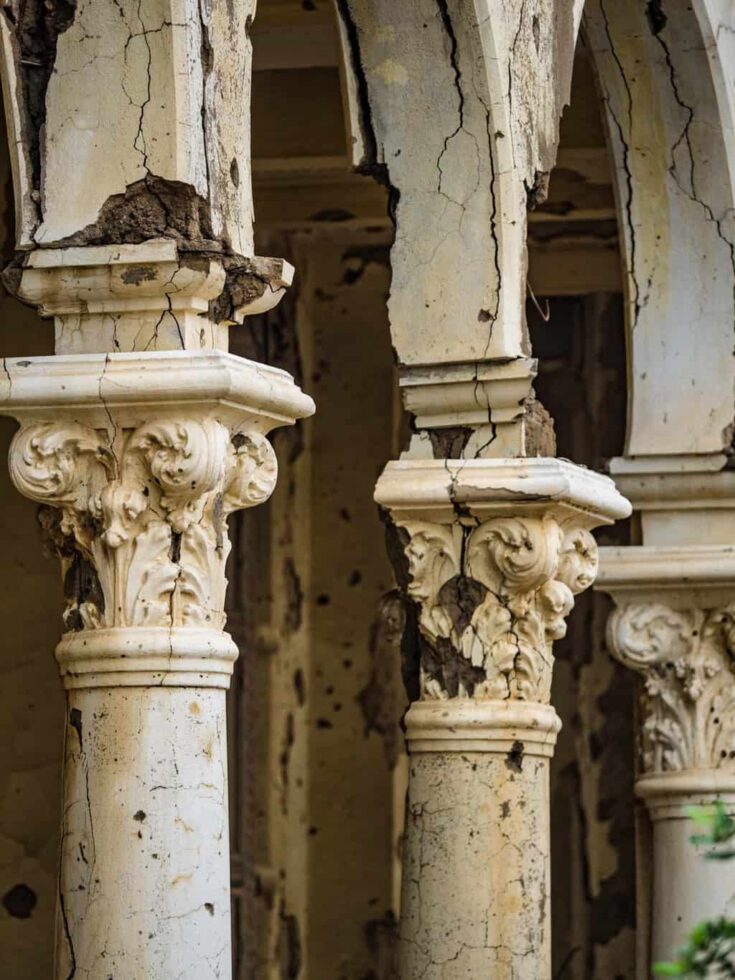
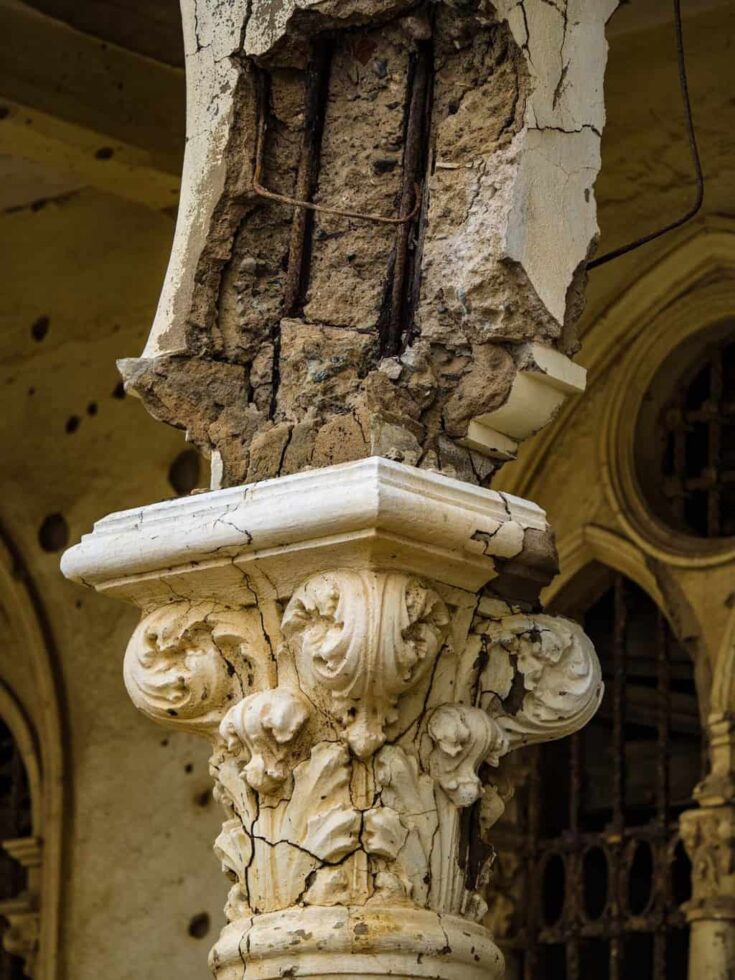
The city was the crux of the Ethiopian rule and witnessed one of the most prominent battles in the Eritrean War of Independence i.e. Operation Fenkil.
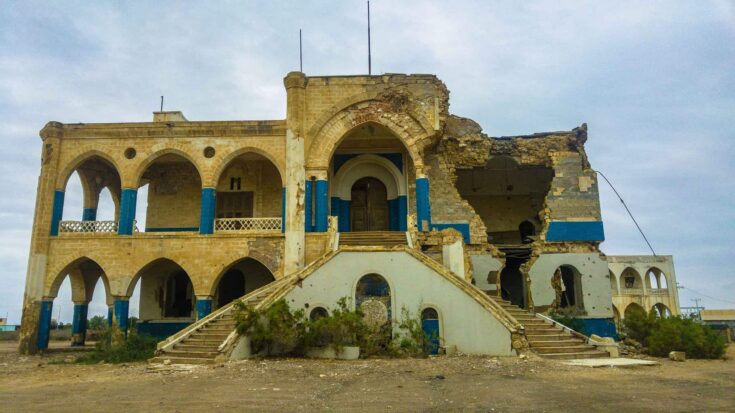
3. Revel in the Magic of Old Trains
Eritrea also gives tourists the classic train experience of steam locomotives. Since 1912, the 117 km long route from Asmara to Massawa has been a trademark of Italian engineering.
Back then, it took passengers through 29 tunnels, 13 stations, five large water tanks, and 45 bridges and viaducts.
In the 1930s this train route carried thousands of Italian soldiers for daily work. Currently, the train line only stretches up to 18 km from Asmara to the town of Nefasit.
The trip however connects you to the roots of the transportation system.
You can witness how the coal is burnt in the furnace providing a speed of 10 km per hour along with a cloud of smoke behind it.
4. A Rich Historical Background
Until the 8th century, Eritrea was a part of the Aksum civilization. Aksum was a pioneer in naval and commercial power from the 1st to the 7th century AD. It had ties with Egypt, Arabia, Europe, and Asia.
The empire’s influence in the fourth and fifth century AD expanded to the south of the Roman empire, to the Sahara, and the inner Arabian desert.
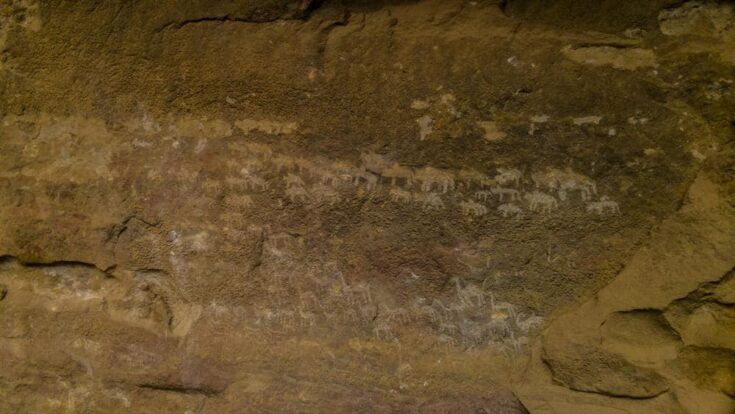
In the 16th century, Eritrea came under the control of the Ottoman empire and later the Egyptians. Under the Treaty of Uccialli (1889), Italy gained sovereignty in Eritrea.
Thus, the country reflects an Italian colonial influence throughout. In 1941, the country was captured by the British and ruled as a UN Trust Territory until it became a part of the Ethiopian province post in 1952.
After over three decades of struggle, Eritrea became an independent country in 1993.
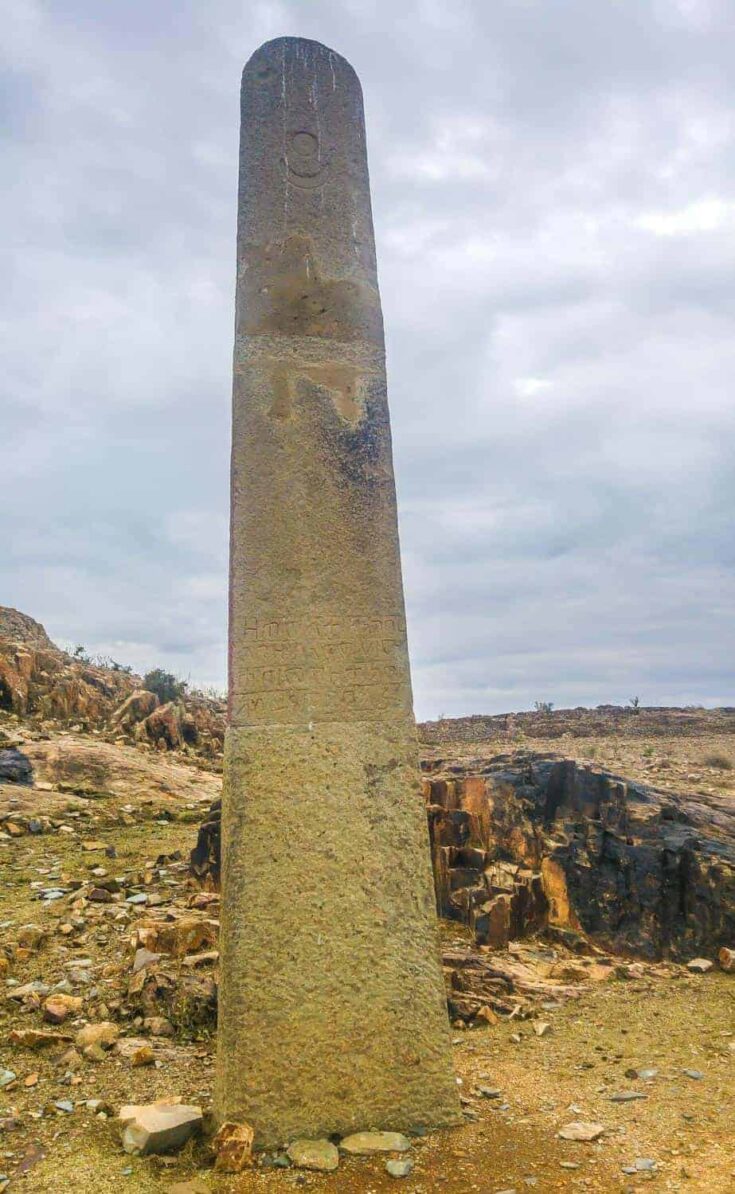
5. The City Of Keren
The town or Tigrinya Highlands is the pivotal point of several ethnic groups in the ruler areas of Eritrea.
The city of Keren and the camel markets nearby gained special momentum as it was a bastion of resistance during World War II.
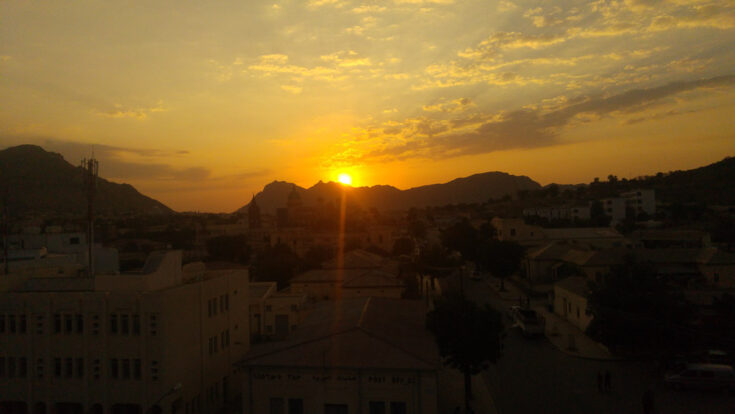
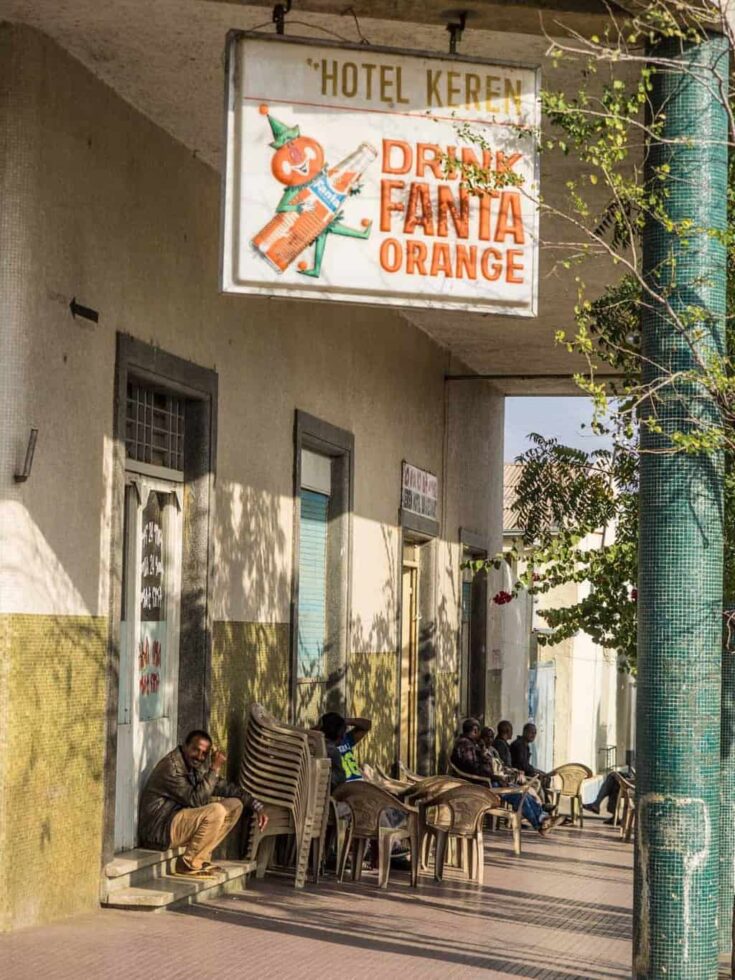
It is a great attraction to modern tourists.
The city also presents a glimpse of Italian colonial architecture. A primary example is the former Eritrean railway station that is now a bus stand.
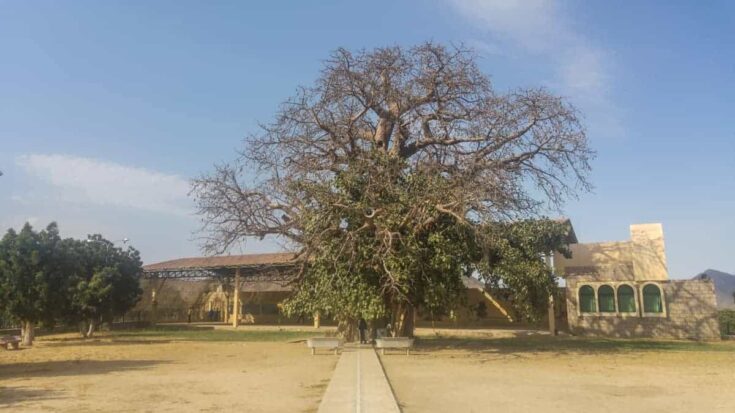
6. Experience Natural Ecosystem At Dahlak Marine National Park
The Dahlak Marine national park is surrounded by actual waters within the Red sea borders.
A large ecosystem, unperturbed by nature, the national park is home to an estimated 300 species of fish and is a great opportunity for scuba diving.
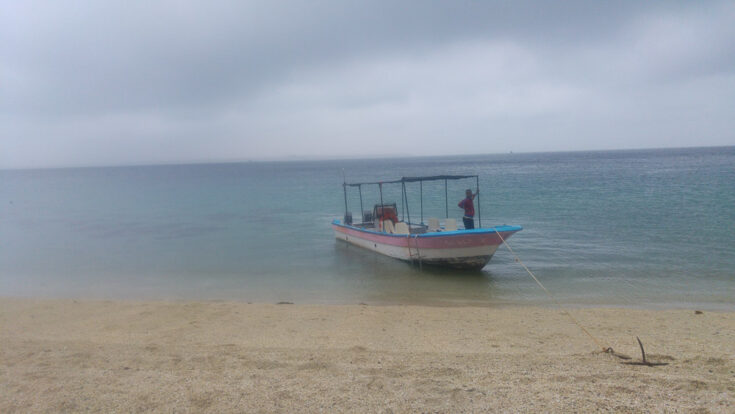
The four islands inhabit a small population of 2500 who carry out traditional occupations of fishing and herding goats and camels.
The rich feeding grounds surrounding the Dahlak islands attract large nesting seabirds. You can hire charter yachts to the islands from Massawa.
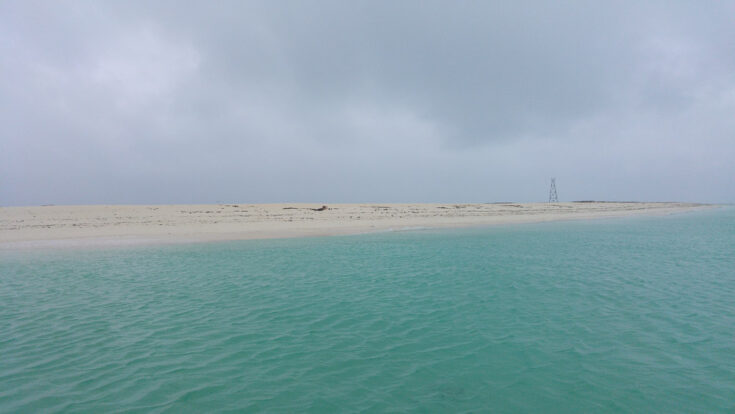
Some of these islands have their seashores filled with mangrove trees or saltbush.
Further, the shallow waters, coral reefs, exquisite marine life (dolphins, sharks, dugongs, turtle species, hermit crabs, fish, clams, or clams), and sunken ships make it a worthy experience.
7. Visit The Ruins Of Senafe
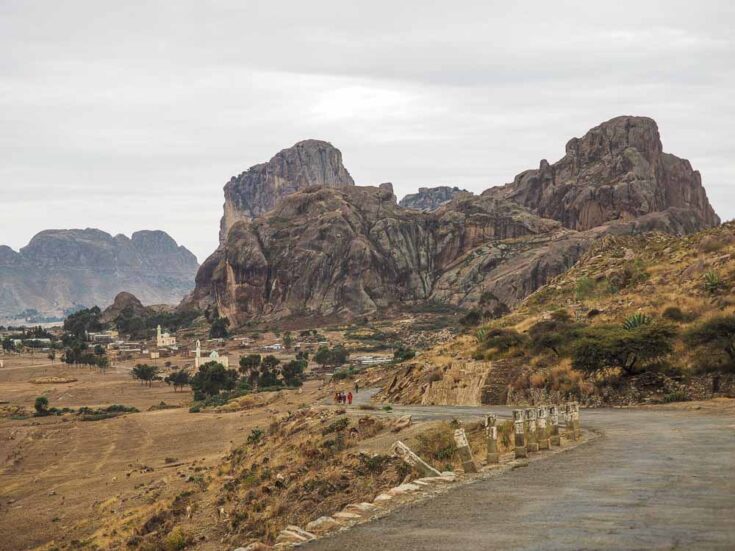
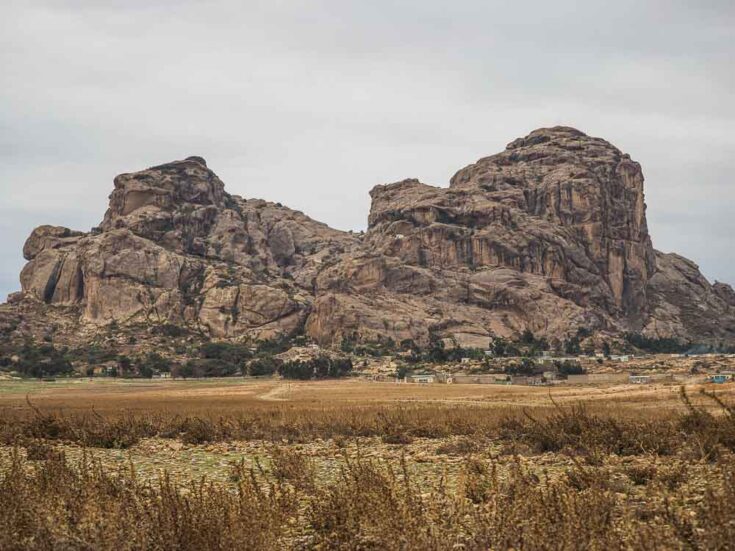
Senafe, the landscape of ancient ruins, is situated on the edge of the Eritrean highlands.
This place houses various historical, archaeological, and geographical wonders.
It is popular for the ruins of Metera also called Belew Kelew. Metera was considered to be the busiest trade line from 7th BC to 7th AD.
Other historical sites include Qohaito and Tekondae. With only 20 percent of the Qohaito ruins excavated, visitors can enjoy the sights of the Temple of Mariam Wakiro and the artistic Egyptian Tomb.
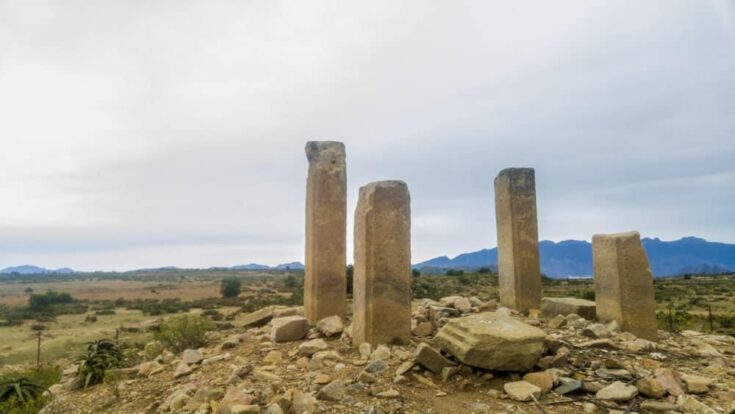
It also has the monolithic church of Enda- Tsadqan and is famous for local stone outcrops. It is located at a distance of 135 km to the southeast of the Eritrean capital.
The Senafe sub-zone also allows you to visit Mount Soyra, the highest peak of the country at 3013 meters above sea level.
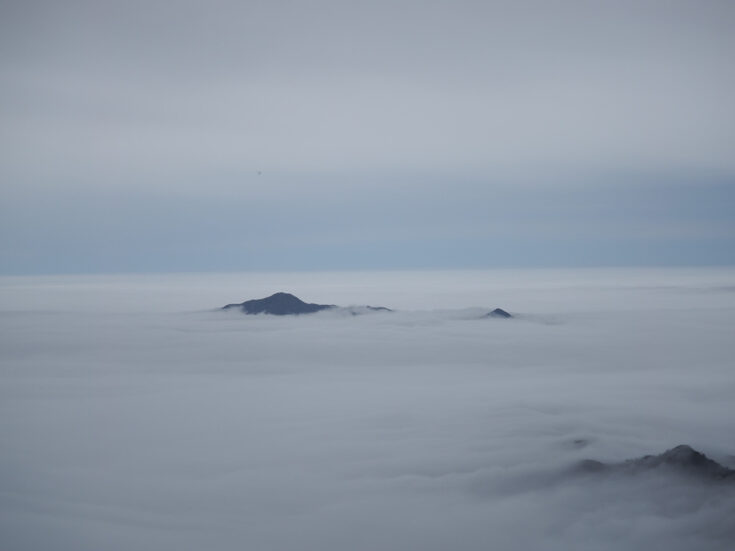
8. Coffee That Makes A Mark
The local coffee ceremony in Eritrea and Ethiopia is called the ‘Bun.’ Here, fresh coffee beans are roasted till they turn dark and are offered to the guests to enjoy the aroma.
Later, the coffee is ground, and ginger is added before placing in the ‘Jebena’. Jebena is the traditional clay pot utilized to pour coffee.
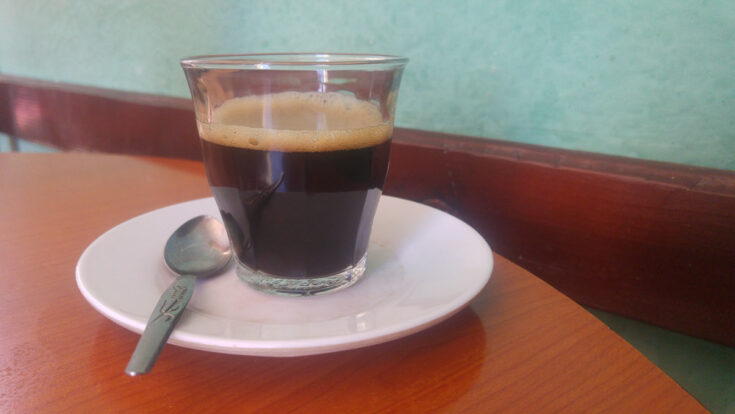

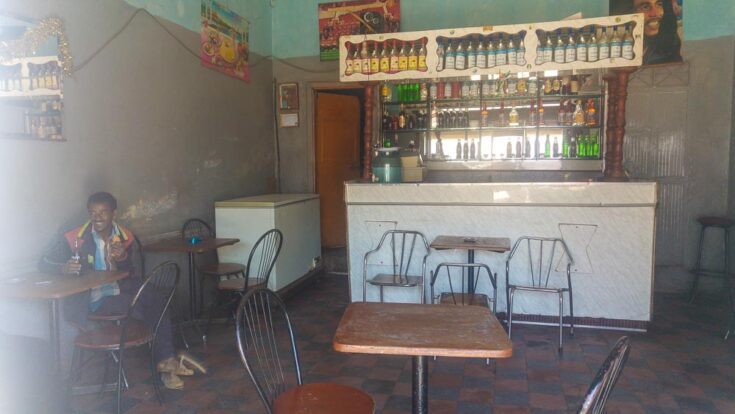
The coffee is served in small cups known as ‘Finjal’ with sugar and milk. It is further consumed with popcorn or a sweet dish on the side.
The citizens of Eritrea assert that coffee is not a timed activity that should be directly brewed in cups and sipped in a hurry.
Coffee is a ceremony and a way to spend quality time with family and friends.
Unlike fast-paced American life, the culture of Eritrea gives immense importance to take time away from the hustle.
They stress on having coffee or tea with friends and family.
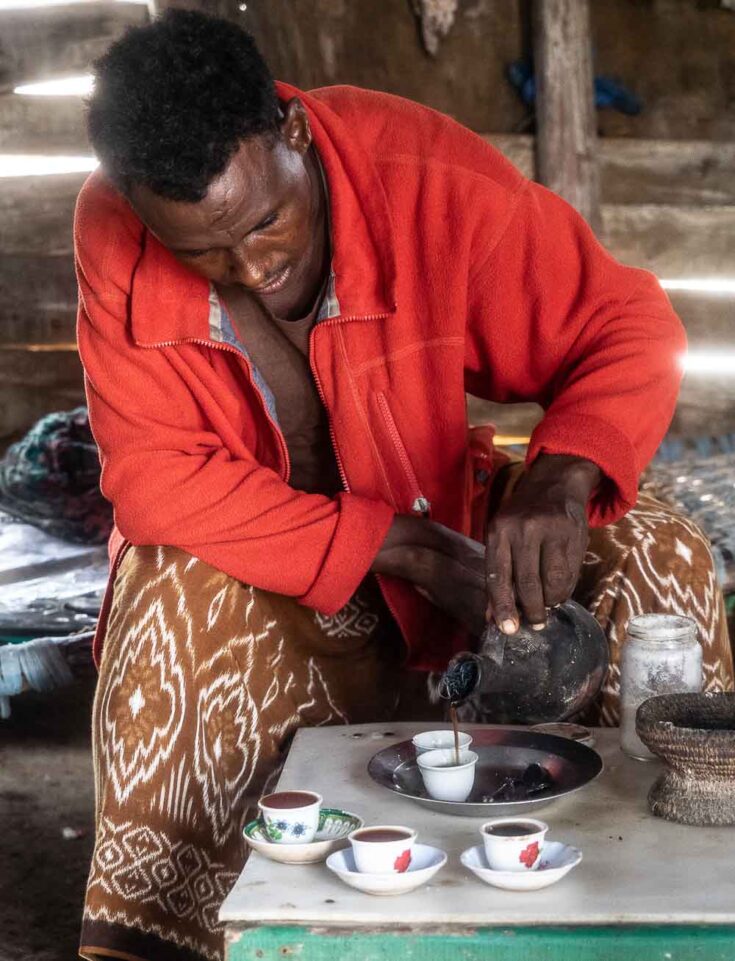
9. Cycle Through The City
Cycling is the national interest and the most popular sport in the country. It started from the Italian colony and grew as a part of the modern culture of Eritrea.
The capital city Asmara takes charge of the cycling events. On most weekends, Asmara witnesses dozens of crowd cheering cyclists cycle through tens of kilometres.
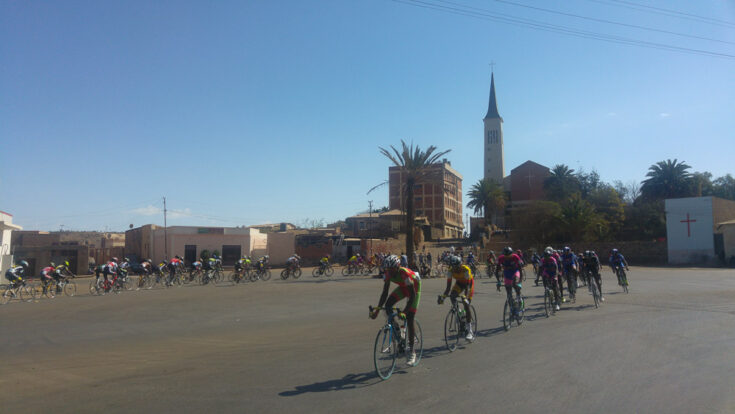
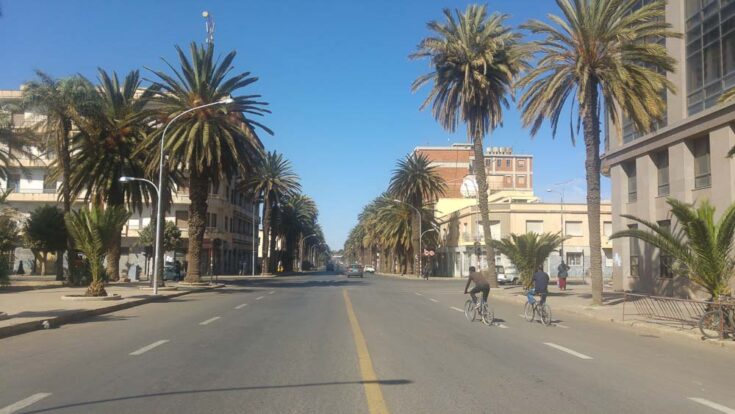
The citizens have excelled in this activity and participated as the only Black Africans in the 1960 Olympic events. Further, at the Tour de France in 2015 the national hero Daniel Teklehaimanot entered the world´s biggest bike race.
Daniel Teklehaimanot came into a coffee shop in Asmara when I was there and the locals went crazy.
Thus, cycling is a sport of glory in Eritrea
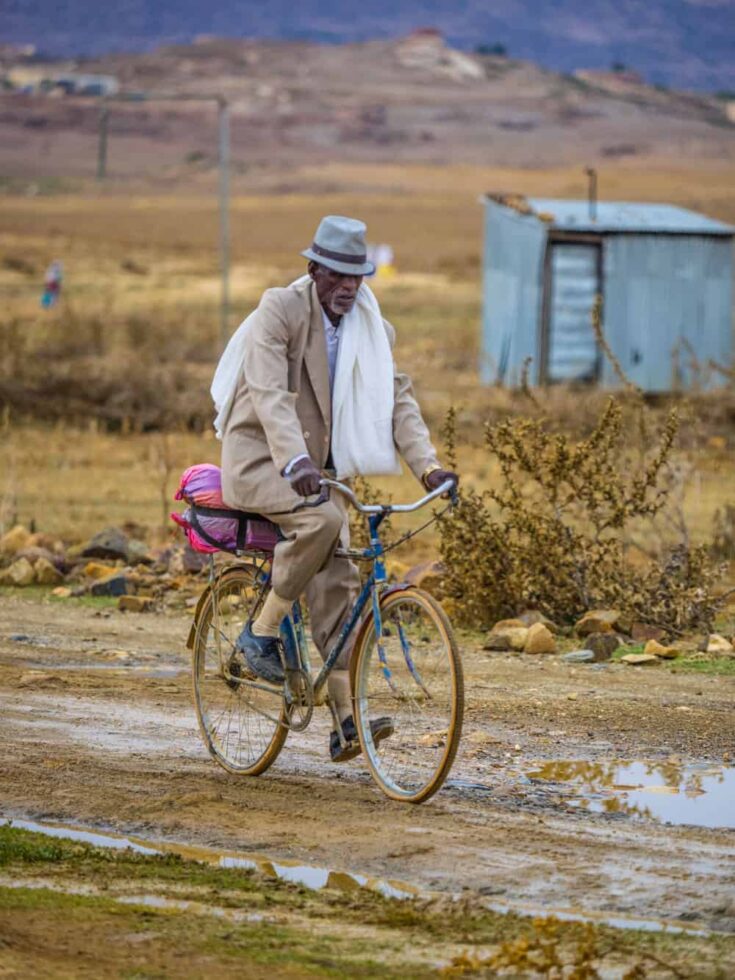
10. Glimpse Into Ancient Christianity
The Debre Bizen Monastery stands 600-years tall and is a prominent symbol of Christianity in Eritrea. It is located at a distance of over two hours from the town Nefasit.
The monument boasts a sightful view from the mountains of Eritrea up to the Red Sea coast.
It was founded by Abune Filipos, a student of Abune Tatios in the year 1361 AD. It is believed that His Holiness Abune Filipos with his shadow was able to treat three cripples.
The monument is embedded in huge rocks of pink granite and proves to be a magnificent attraction of the country.
Conclusion about Eritrea
Eritrea is a country with noteworthy historical and cultural significance. It upholds the sights of the world’s worst dictatorships.
It also bears the impact of freedom struggles, and the subtle influence of millenia-old civilizations. With old ruins, architectural marvels, and gorgeous landscapes, this African country is a must-visit.
The cities of Asmara and Keren are a treat to tourists. For all the adventure lovers, you can either discover the hills of Mount Soyra or witness the beautiful beaches in the coastal city of Massawa.
You can only arrive in the country via a flight in either of the two international airports i.e. Asmara International Airport and Massawa International Airport.
The airport connects flights from Dubai, Entebbe, Jeddah, Juba, Khartoum, Nairobi, Asmara, Cairo, Cape Town, Frankfurt, Johannesburg, Karachi, Khartoum, Lagos, Lahore, and Rome.
While this article conveys only the 10 Reasons Why You Should Visit Eritrea, as a traveler you’ve got to pack your bags to this African land and find more!
